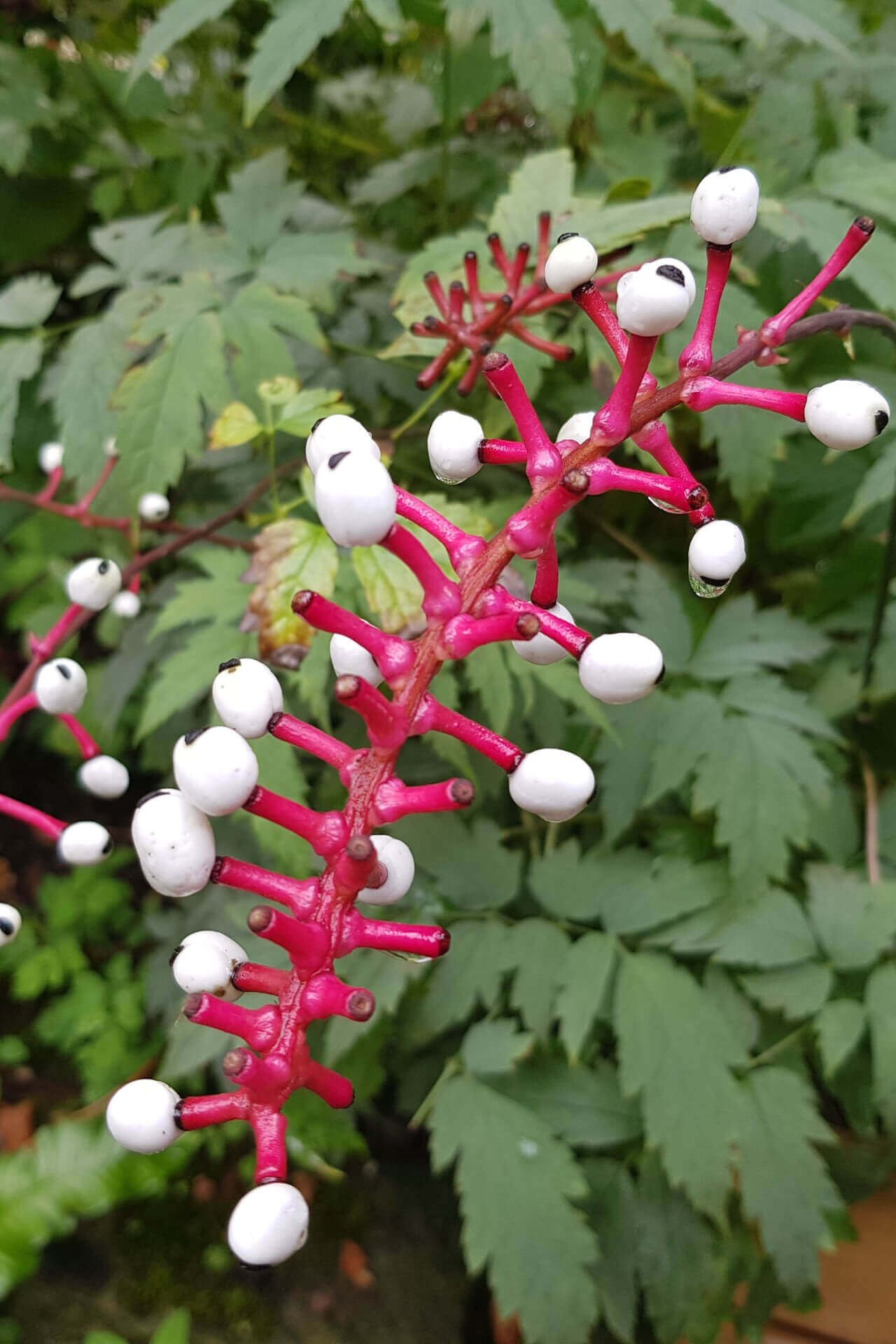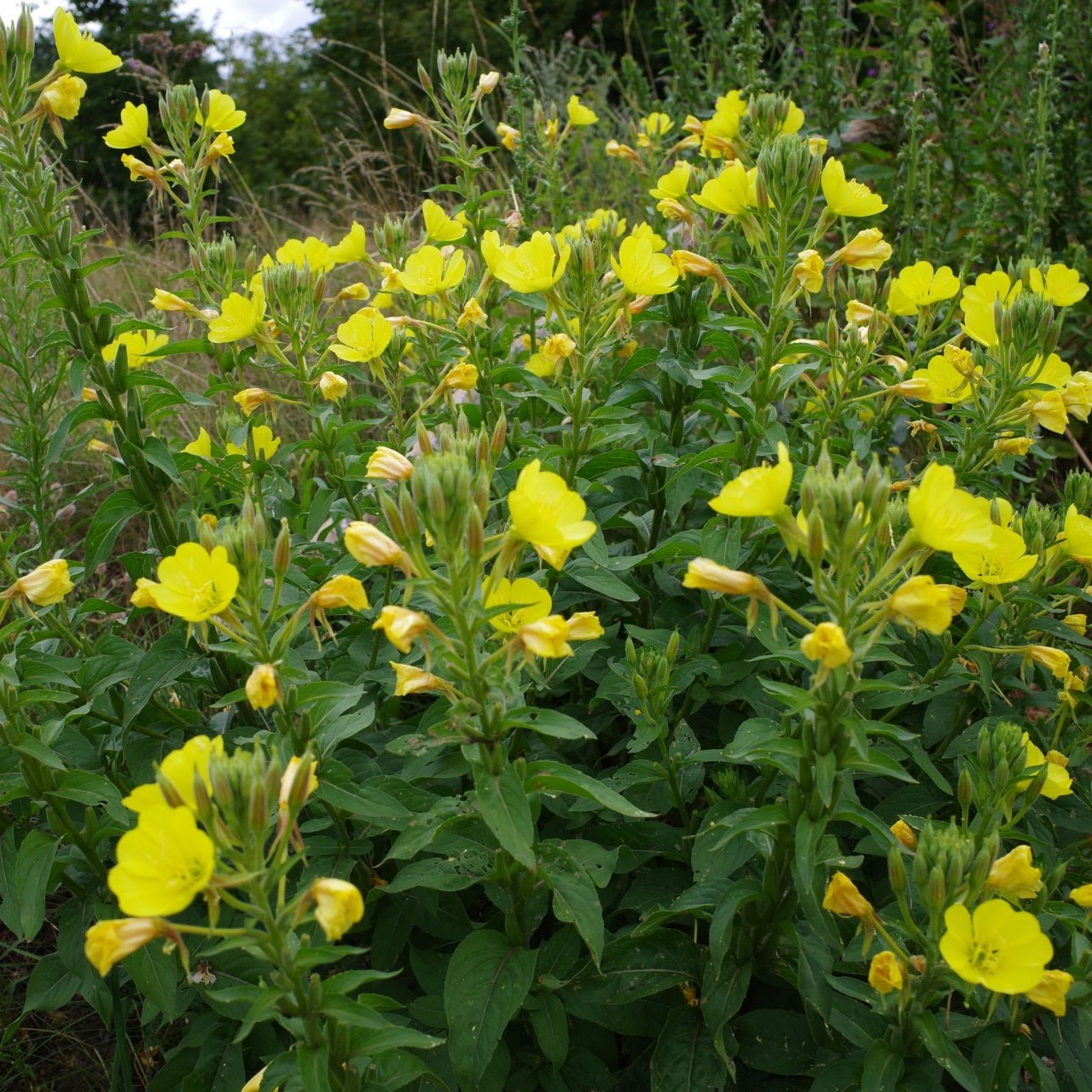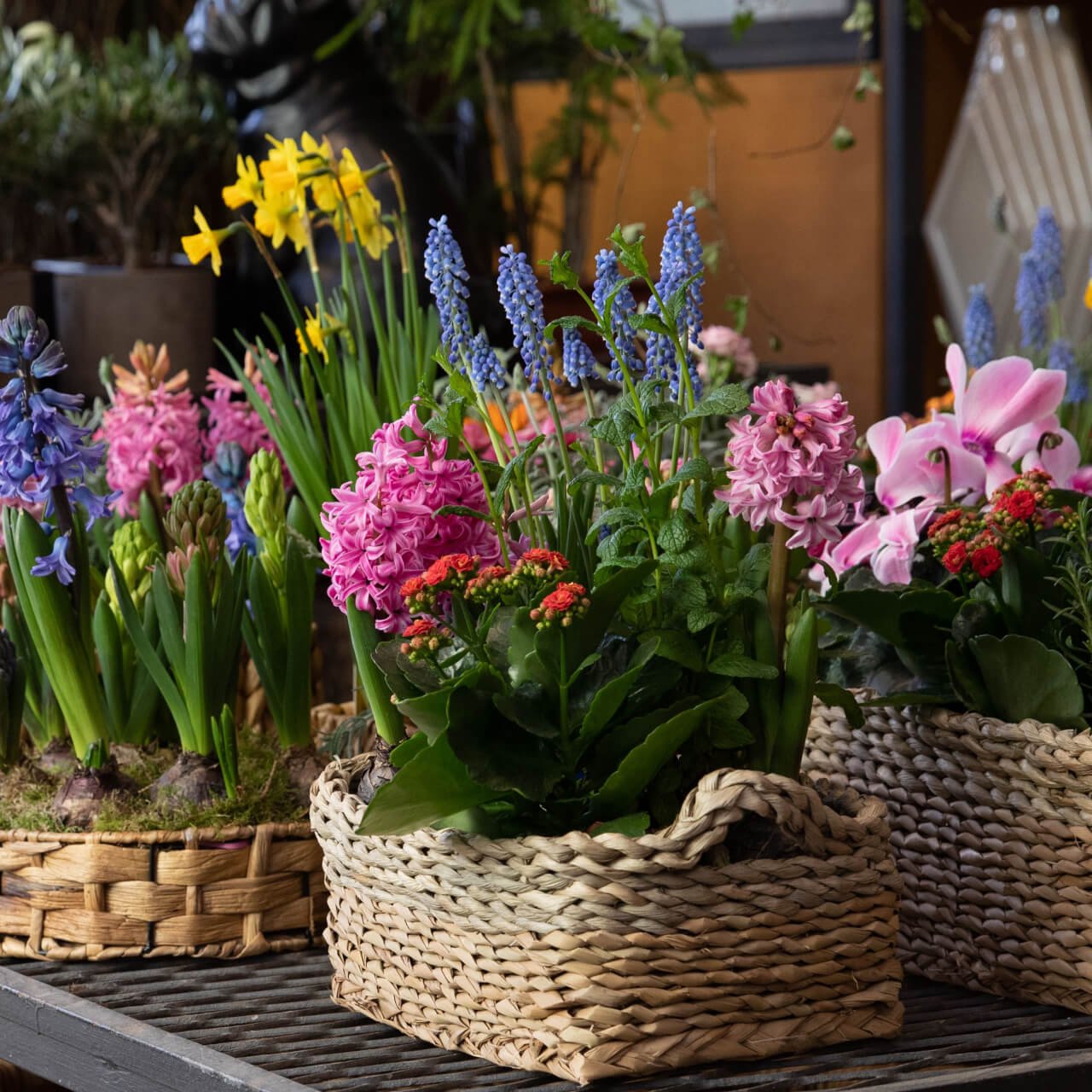Filters
Shade perennials are the perfect plants for gardeners who don't want to reinvent the wheel yearly. On the other hand, annual plants will last for one growing season before dying off. They can last for three years or longer.
If you want to avoid replanting your flower garden yearly, a selection of beautiful flowers from TN Nursery is the way to go. The fact that they'll come back several years in a row can also add some consistency to your landscaping over time with minimal effort. Plant them once and enjoy them for several years.
Vibrant Gardens with Shade Perennials
Shaded gardens are often perceived as a calm, relaxed, and peaceful atmosphere. But, your shady garden doesn’t have to be dull – anything but! TN Nursery offers a diverse range of stunning perennial plants for shade areas that can turn your tiring gardening job into a fruitful experience.
These shade flowers often feature green foliage with vibrant hues that create a striking look within your shaded garden. Whether you’re a pro gardener or have found a new passion in planting flowers, the type of plants you choose for the shaded areas can make all the difference. Shade plants have become popular among gardeners of all skill levels to create a lush garden sanctuary. These resilient plants are an intelligent investment for gardens as they rebloom year after year.
Types of Shade Perennials
Understanding the Different Types of Shades When choosing the right shade plants, knowing what shade you have in your garden is essential. For instance, if you have dappled shade in your garden, you need to choose flowers that can tolerate some direct sunlight. For this type of shade, you will go for Hosta, Primrose, Lily of the Valley, etc. . Solomon's Sea Plant and Toad Lily are the best options When choosing plants for a partial shade (half sun, half shade) garden.
Landscaping With Shade Perennials
These flowers work best for a landscape with 3-6 hours of indirect sunlight. Finally, for fully shaded gardens that receive no direct light, Hosta and Virginia Blue Bells are ideal choices. You can choose the perennials from our collection according to your garden shade. All these plants require little maintenance and are eco-friendly, making them the best choice for a serene garden oasis.
Shade perennials are wonderful additions to low-light areas of your garden. These transform otherwise neglected areas into serene spaces that look stunning, even under trees, behind sheds, or in wooded areas. Our plants make your garden look more welcoming, offering year-round visual appeal and delightfully textured foliage.
Popular varieties include our Columbine Plants, Dutchman's Breeches, and Virginia Bluebells, thanks to their attractive appearance and hardy nature. However, you can find many other unique species on this page for different shaded settings.
They create a relaxing mood, they make your landscapes look beautiful, they're good for pollinating insects such as bees and butterflies, and generally, they're more diverse. Shade perennials are also your friend if you are looking for easy plants.
Once they mature, these species require only occasional care, reducing the need for watering, fertilizing, and other non-natural forms of support. Plants continue to deliver biodiversity services, even when left in the ground for a season or more, making low-effort, creative landscaping easier.
Which shade perennials you select depends on the level of shadow in the areas you want to plant. For example, Solomon's Seal and Lily of the Valley are suitable for dappled (intermittent) shade, while Hosta and Toad Lily are better for partial shade. Fully shaded areas require more thought because of the challenges of living in these environments.
Often, backyard gardeners plant woodland species such as Virginia Bluebells here because these are the most tolerant. Shade perennials are a good bet, after all, for anyone who wants to give neglected areas a bit of green and more color. They are annual flowers that can be incorporated year after year into your garden for aesthetic and ecological purposes. They are easy to keep, and that is the bonus. Browse our inventory today and choose the best plants for your garden.
Discover our range of shade perennials to liven up the shaded areas of your garden with pops of greenery and flashes of color.
Other Popular Types of Perennials at TN Nursery









